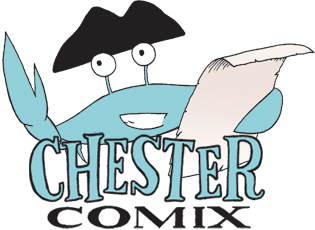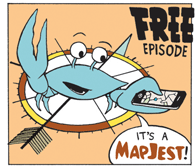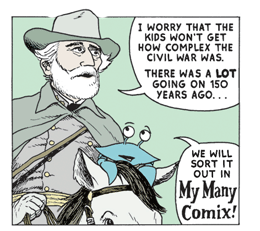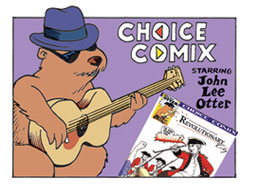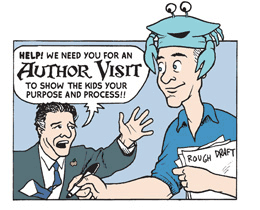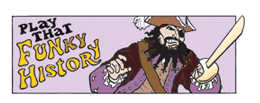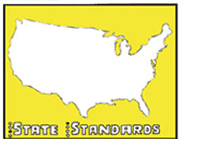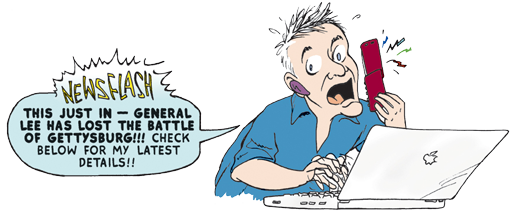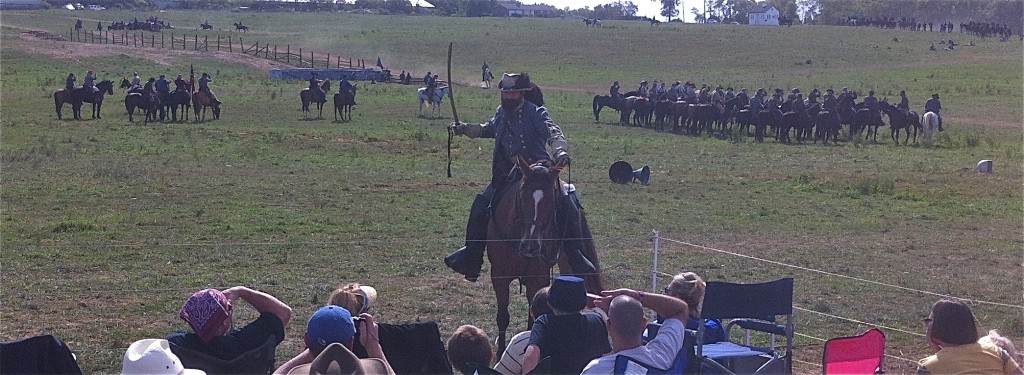
A week ago I woke up in a Maryland field to the sound of a rooster crowing.
And then the cannon started.
After that came the bugles that I normally hear for reveille. But the cannonfire was a nice touch. I’M AWAKE! I’M AWAKE!! My 15-year-old son and I were camping just north of the Antietam National Battlefield with 4,000 other reenactors for the 150th anniversary of the Civil War battle. The spread of hundreds of canvas tents under the pink morning sky was inspiring. In our four years of reenacting, I’ve never seen more cavalry or more artillery on the field, sweeping to and fro during the afternoon battles for the spectators.
It’s like watching a moving painting. I portray a battlefield cartoonist, so I’m not marching in the lines of blue and gray but standing back on a hill, furiously sketching what it looks like for 400 men to storm a fence held by 250 other men. And I can also zoom down to sketch details that will add depth my own visual storytelling — how does the pot over the campfire look? How does J.E.B. Stuart hold his sword as he charges? And being in the mix of reenactors gives my other senses a chance to record details for me to use later. How hot is it in the wool clothing at midday? How do your feet feel after a day of marching? What does a Civil War mortar sound like when it fires?
Being on the actual field gives me a chance to research outside the box that a movie or TV show presents. The past 20 years have been revolutionary for the increasing number of historical movies and TV shows we get that have told great stories with great accuracy. But movies and TV shows are still a frame, capturing what a director or editor wants you to see — and leaving out the rest of the story. I’ve found that there’s no substitute for being able to stand somewhere to get a sense of the place and the historical event that happened there.
The visuals are a big part of the story of Antietam — the single bloodiest day in American history. Because Robert E. Lee’s Confederate army was caught so close to Washington, DC, a few days after the battle Alexander Gardner was able to photograph the dead men still in the field. Gardner’s photos were the first ever images to show dead soldiers on the field of battle. A New York Times article about the photographs said it was if the “dead had been laid at our doorsteps.” For civilians who still thought the Civil War was a romantic crusade, those photos were an unsettling window to the brutality and waste of the war.
You can read my story about Antietam — which includes info about Gardner’s photos — by visiting the iTune store!
Tags: Antietam, Bentley Boyd, cartoonist, Chester Comix, Chester the Crab, Civil War, reenactor
This entry was posted on Monday, September 24th, 2012 at 8:03 am and is filed under Author's Purpose, Civil War, Historical Travel. You can follow any responses to this entry through the RSS 2.0 feed. Both comments and pings are currently closed.
